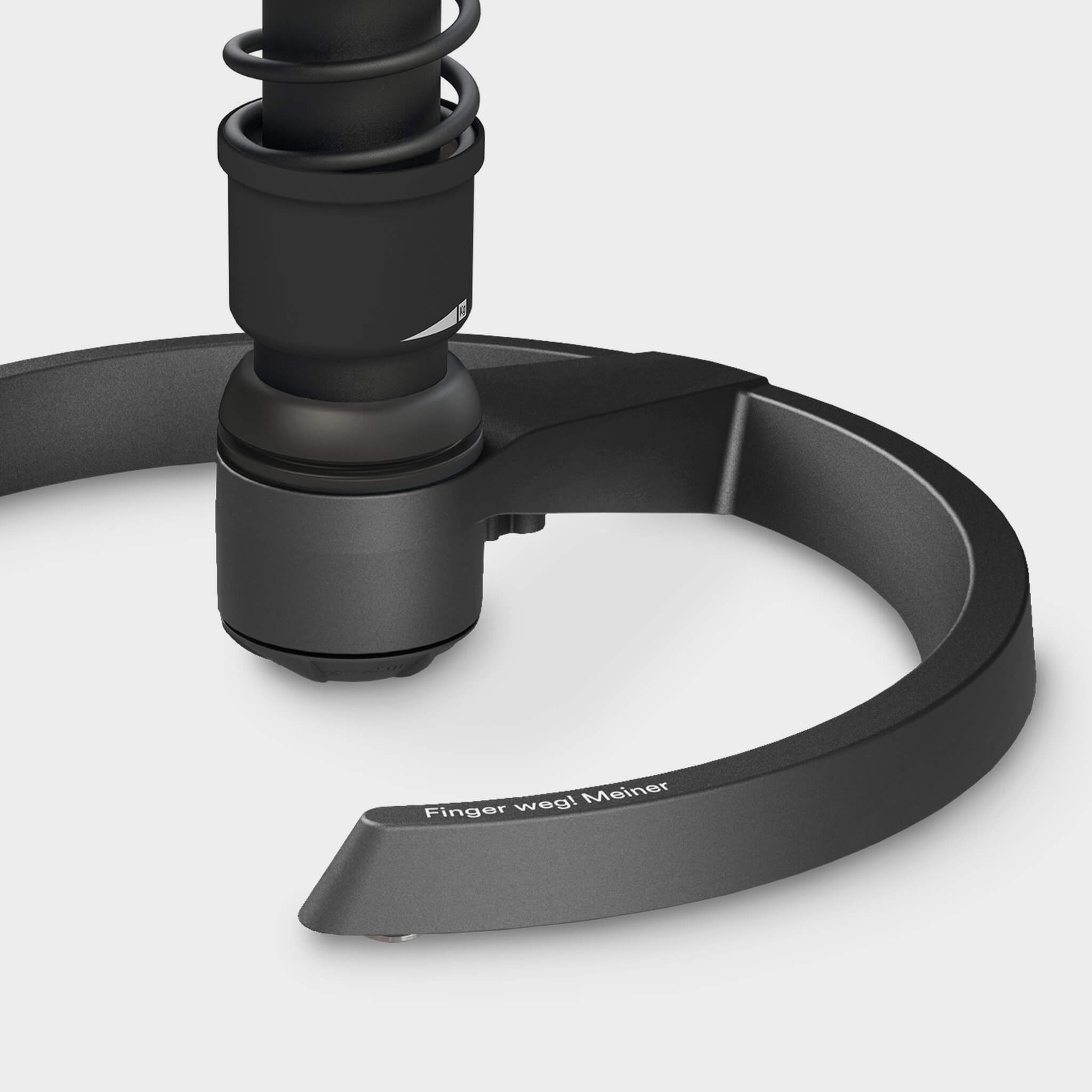Where is the lumbar spine?
The lumbar spine, also called the lumbar part of the spine, is located above the sacrum and coccyx. The lumbar vertebrae (L1 to L5), are movable, the vertebrae of the sacrum and coccyx are not.What is lumbar spine syndrome?
The upright gait of humans puts particular strain on the very mobile lumbar spine. If this load is permanent and one-sided, it can lead to degenerative changes within the lumbar spine and eventually to painful irritation. This pain is better known as lumbar spine syndrome.Often, a combination of several degenerative changes leads to lumbar spine syndrome. Protrusion of the Intervertebral discs, wear and tear of the vertebral joints or thickening of the ligaments cause narrowing of the spinal canal (spinal stenosis). The nerves that run through the canal are constricted as a result. The consequences are pain and, in serious cases, numbness due to damage to the nerves.
 Herniated discs in the lumbar spine can be caused by too little movement and rigid sitting, among other things.
Herniated discs in the lumbar spine can be caused by too little movement and rigid sitting, among other things. Herniated disc in the lumbar spine
The so-called lumbar intervertebral discs lie between the lumbar vertebrae. The great mobility of the lumbar spine acts with great force on the intervertebral discs. With age, the fibrous rings that surround and protect the soft core of the intervertebral disc can become porous. A jerky movement or heavy lifting can cause a tear in the fibrous ring to press the gelatinous core of the intervertebral disc outwards. This is then called a herniated disc, and if it is in the lumbar spine, it is called a lumbar disc herniation.Since the intervertebral disc between the fourth and fifth lumbar vertebrae (L4 and L5) or between the fifth lumbar vertebra and the first vertebra of the sacrum in particular is subjected to stress, lumbar disc herniation usually takes place between these vertebrae. It is noticeable by local Back pain in case of pre-tilt. If nerve roots are pinched, symptoms include numbness and even paralysis in the leg.
Spondylolisthesis as a cause of pain
If two vertebrae move against each other, this is called spondylolisthesis. This is a classic sign of wear and tear that leads to instability within the spinal column. Spondylolisthesis can also pinch one or more nerves in the spinal canal and cause pain. Aeris Office chairs Aeris 3Dee, Aeris Numo Task or Aeris Swopper allow a lot of movement and thus train the muscles in the lumbar region.
Aeris Office chairs Aeris 3Dee, Aeris Numo Task or Aeris Swopper allow a lot of movement and thus train the muscles in the lumbar region. What to do for pain in the lumbar spine?
In all cases, it is important to clarify where a pain comes from, whether it radiates or can be localized, whether numbness occurs, and much more. It is best to consult a doctor, who will diagnose whether there are signs of wear and tear, such as Osteoarthritisa combination of different degenerative changes, a herniated disc, or even a Lumbago acts. In the short term, you can keep the affected areas warm and move around, because a protective posture usually only provides supposed relief. In the long term, only a visit to the doctor, physiotherapy and back exercises will help.Exercise to relieve the lumbar spine
A trained back can take more than an untrained back. To relieve the lumbar spine, regular exercises to strengthen the back muscles and abdominal muscles help.Those who work a lot in a sitting position should also make sure when choosing an ergonomic office chair that it does not restrict natural movement when sitting but promotes it, such as the Aeris active office chairs. Aeris 3Dee, Aeris Numo Task or Aeris Swopper.
In contrast to conventional rigid office chairs, all three office chairs allow three-dimensional freedom of movement. This promotes an upright posture, strengthens the muscles in the back and lumbar region and relieves the spine. Vertical swinging has the same effect on the body as light walking. This nourishes and relieves the intervertebral discs and reduces the risk of lumbar discomfort.
Aeris Office chairs are therefore a good choice, for an ergonomic, comfortable workplace and to protect your lumbar spine.
